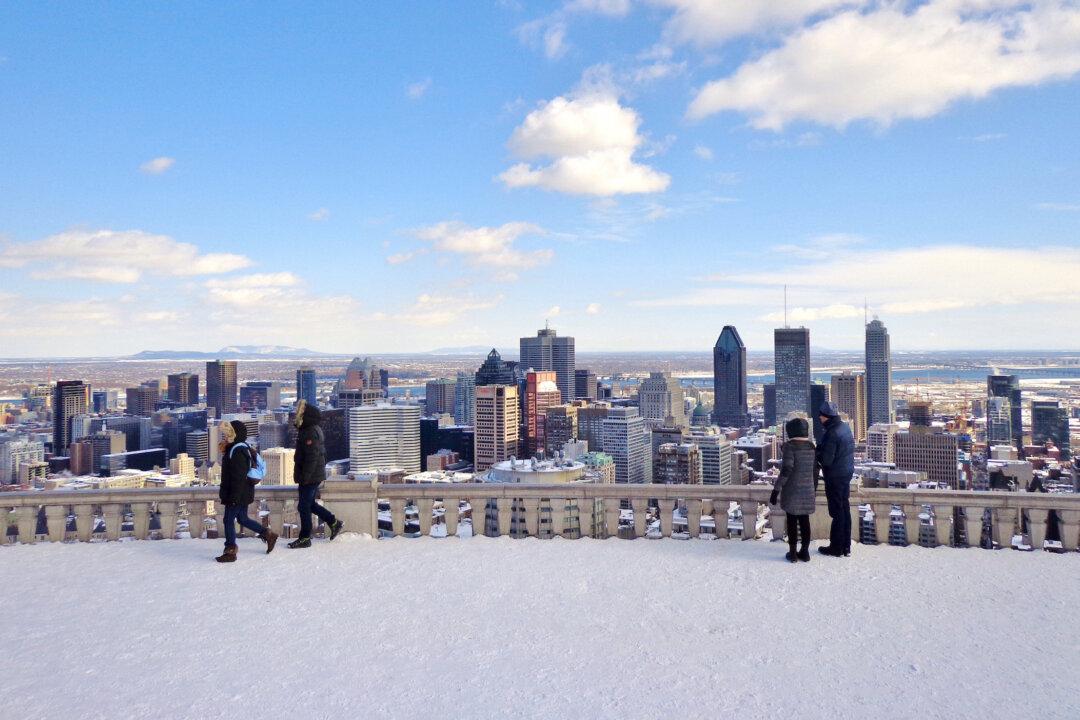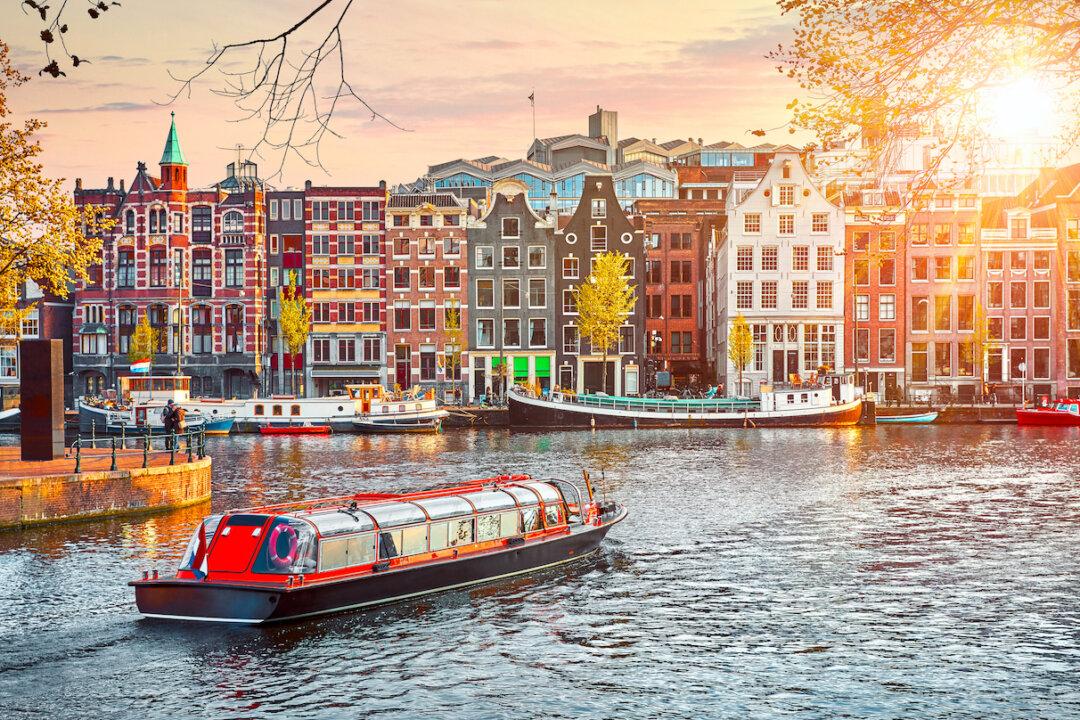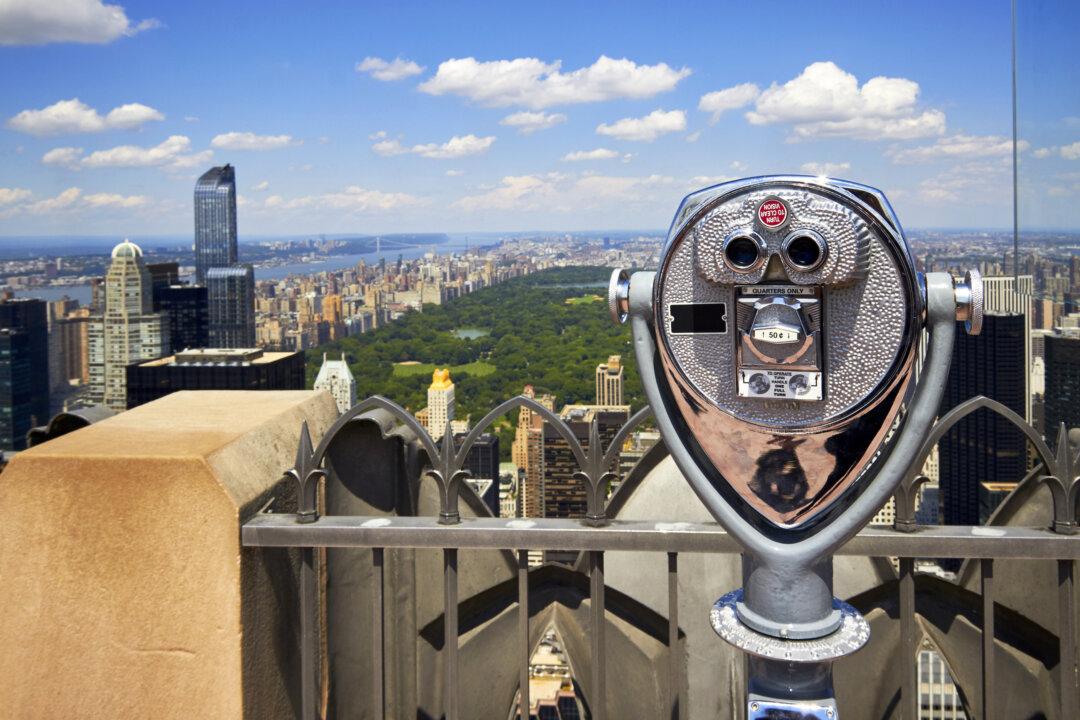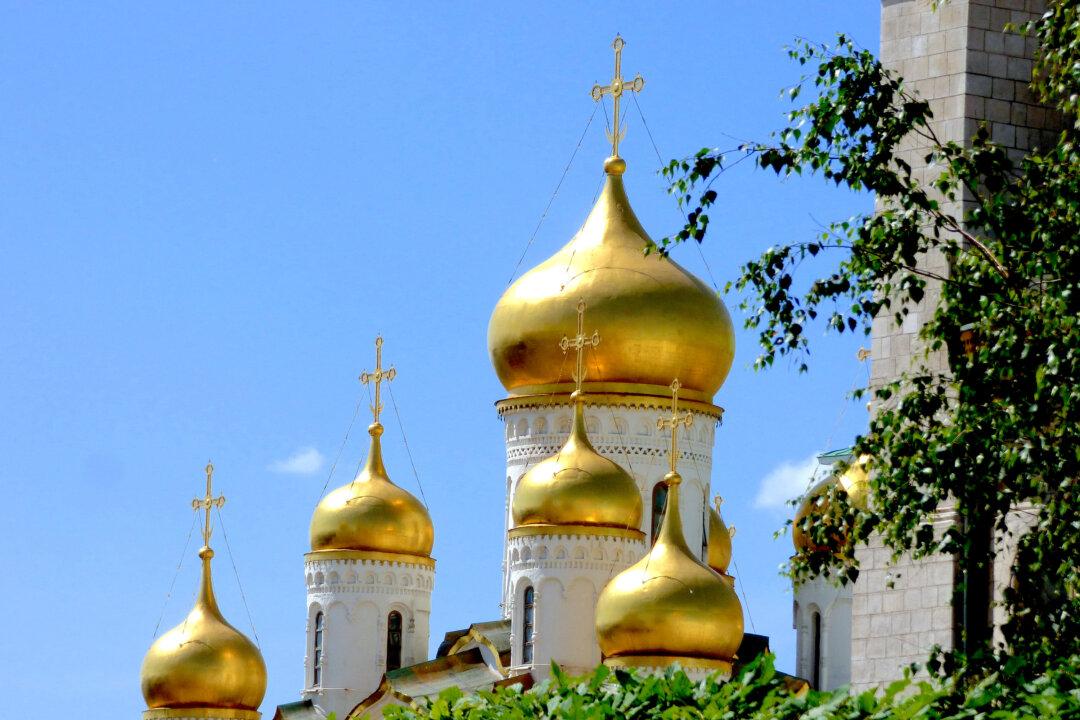The wakeup call came at 3:30 A.M. and jarred me out of a sound sleep. “Good morning, and how are you today, Ms. Barbara? Did you sleep well?” a friendly voice inquired. Regardless of the warmth of the caller, it was chilly outside the cozy down coverlet, pitch black, and hardly morning! Still, I bounded out of bed in anticipation of my long-awaited adventure in Tanzania: a hot air balloon ride over the Serengeti Plain—certainly a worthy cause for a little sleep deprivation.
I quickly dressed and proceeded to the lobby to meet my fellow travellers. Downing coffee and sweetbreads baked fresh for our early departure, we were on our way by 4:30 a.m., bumping along the unpaved road toward the Serengeti Balloon Safaris launch site.
The rains had transformed the savannah into a carpet of green grass broken only by fields of colourful wildflowers.





